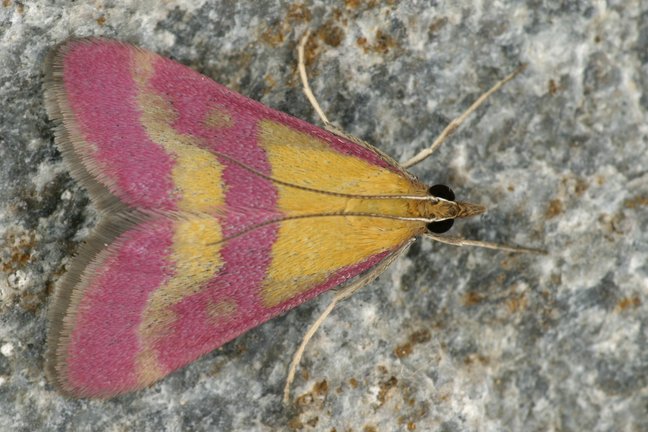Taxonomic research as a basis for the protection of our natural resources
The scientists involved worked for 13 years on this publication, reviewing and updating all taxonomic information on the fauna of Iran, including papers, books, short reports, congress papers, geographical maps or historical regional checklists.
The authors critically reviewed all butterfly and moth data published over the last 225 years and added many new records from numerous institutional and private collections. "We were able to detect three new moth families and 182 species not yet known for Iran, including four species previously unknown to science and not yet described", the initiator of the project Dr. Rajaei is pleased to announce.
In total, 4,812 butterfly and moth species were documented for Iran by the researchers. This kind of basic taxonomic research is essential for the protection of biodiversity, which is one of the fundamental resources of our planet. Iran is ranked as the 18th largest country in the world. With extremely complex climate and habitat features, it is one of the most interesting destinations for entomologists, including butterfly and moth researchers. Despite several attempts in the past, the butterfly and moth fauna of Iran had not been comprehensively and properly cataloged until now. This hampered the study of this group of insects in the country and led to many misunderstandings or misinterpretations in recent scientific publications on these animals.
In times of climate change, the worldwide recording of species diversity is particularly important
In this regard, the Dr. Rajaei believes that accurate recording of global species diversity is especially important in times of climate change and species extinction.
"We see species migrating to other regions or, in the worst case, become threatened of extinction. We can only carry out efficient species conservation and contribute to the preservation of biodiversity if we know exactly which species occur where. I am very happy that we now have important baseline data in the field of butterfly and moth research for Iran," says butterfly and moth expert Dr. Hossein Rajaei.
